Introduction to Minimalismus Kunst
Minimalismus Kunst, or minimalism in art, is a movement that strips creation down to its most fundamental forms. Discover the aesthetic simplicity and emotional depth that characterize minimalist artwork.
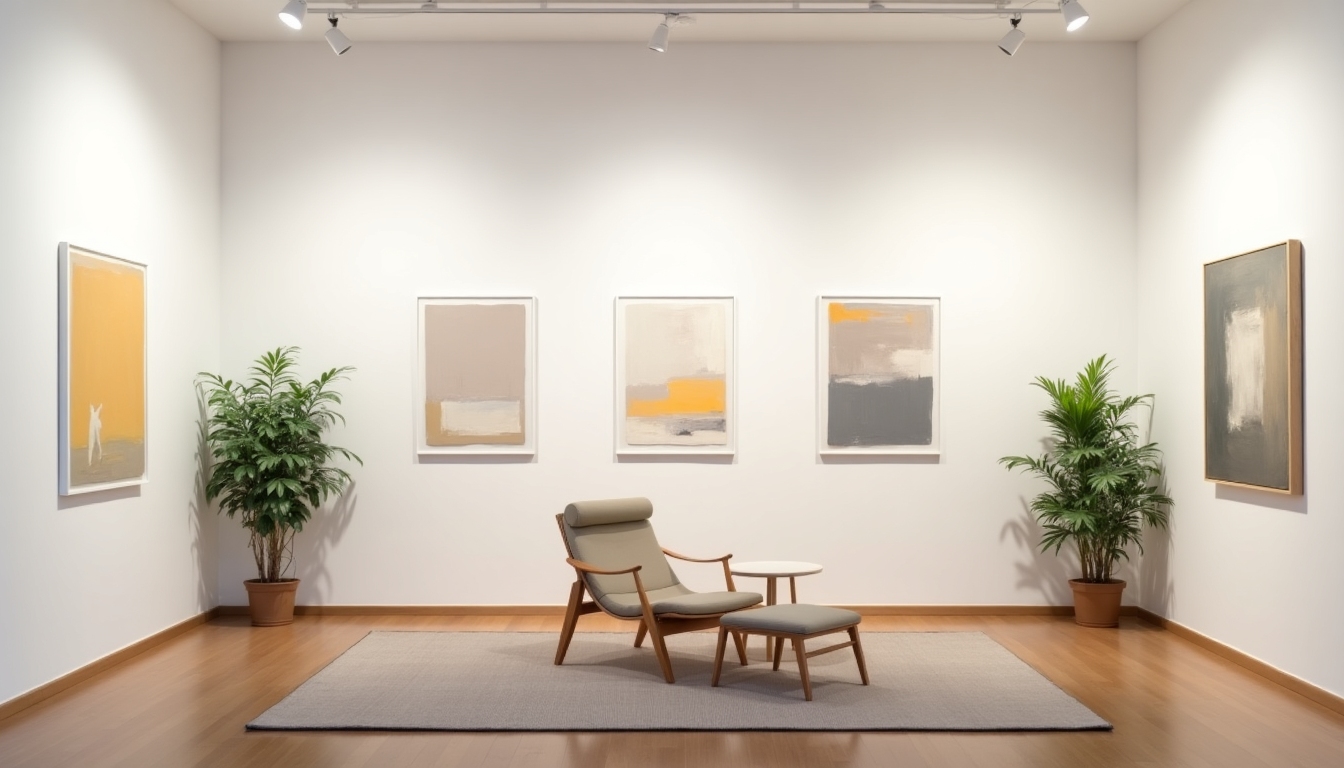
Understanding Minimalismus
Originating in the late 1950s, minimalismus emphasized simplicity and clarity. Artists focused on reducing form, color, and content to simple elements. It was a reaction against the complexities of abstract expressionism and aimed to highlight that 'less is more'.
Minimalism has extended beyond art to influence music, design, and lifestyle. In visual art, it often involves the use of geometric shapes, few colors, and intentional spaces. The movement invites viewers to appreciate beauty in simplicity. Today, it remains a significant influence in contemporary creative works.

Key Figures in Minimalismus Kunst
- Donald Judd: Known for his cube sculptures that embody minimalistic ideals.
- Agnes Martin: Her grid paintings explore silence and tranquility.
- Dan Flavin: Utilized fluorescent light to create spatial experiences.
- Ellsworth Kelly: Famous for bold colors and abstract shapes.
These artists were pioneers, shaping minimalism as a timeless movement that continues to evolve.
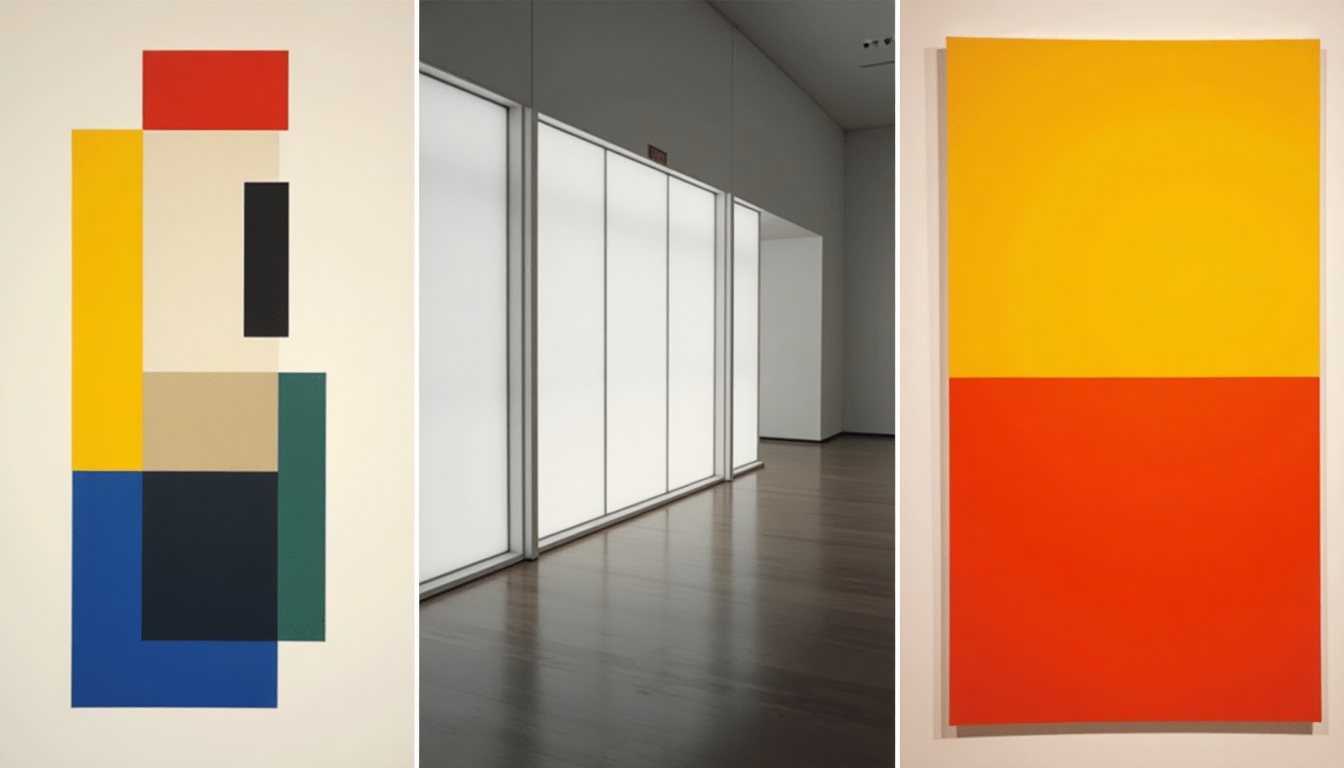
The Principles of Minimalismus
Minimalismus kunst revolves around several key principles:
- Reduction: Stripping elements to the essential.
- Repetition: Often seen in patterns or series.
- Precision: Flawless execution of simplicity.
- Neutral Colors: Using a limited palette to emphasize form.
By employing these principles, artists create works that challenge viewers to engage and interpret meaning beyond the surface.
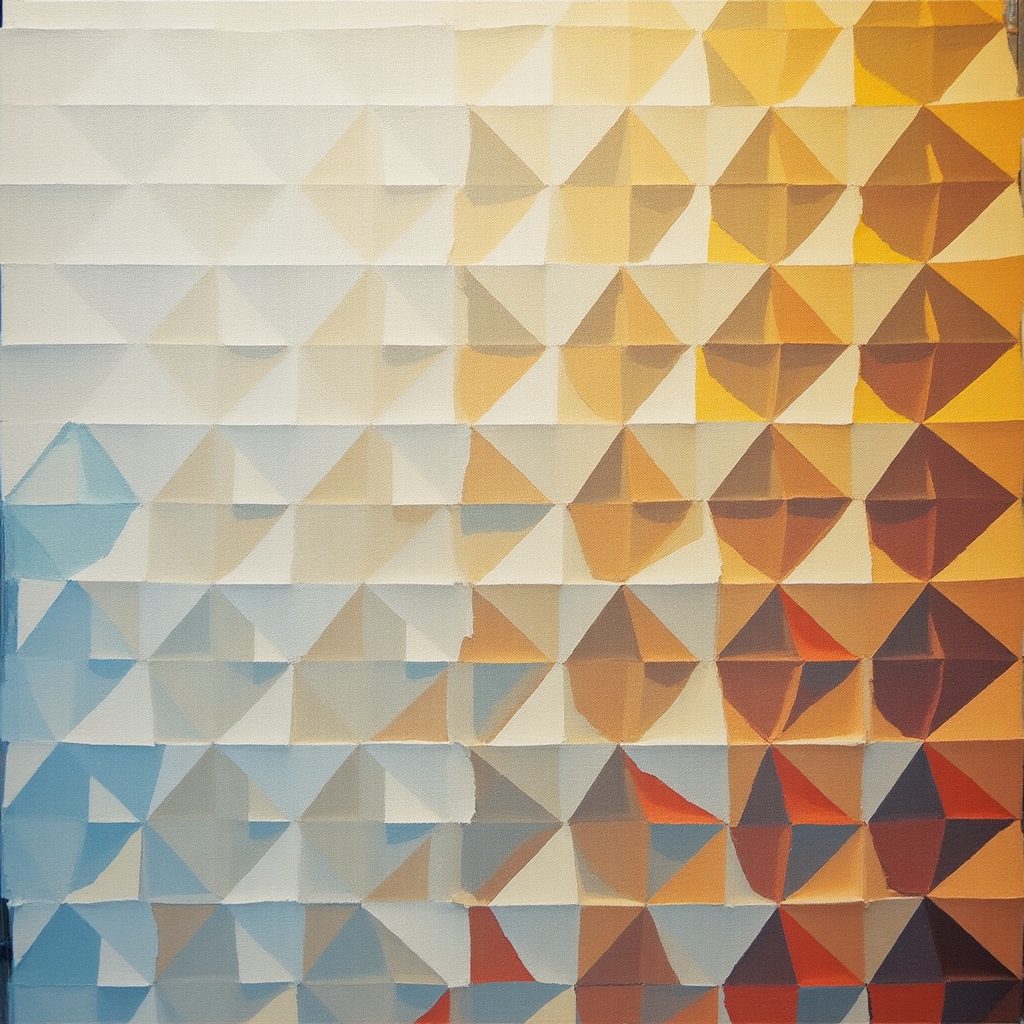
My Personal Insights on Minimalismus Kunst
When I first encountered minimalismus kunst, I was struck by its deceptive simplicity. At face value, it appeared stark and cold, but upon closer inspection, I discovered layers of complexity. Each piece challenged me to think about space, form, and the absence of obvious meaning.
Minimalism has taught me the value of restraint and intentionality. By removing clutter, you're often left with something more profound — a principle I've applied in various aspects of my life beyond art.
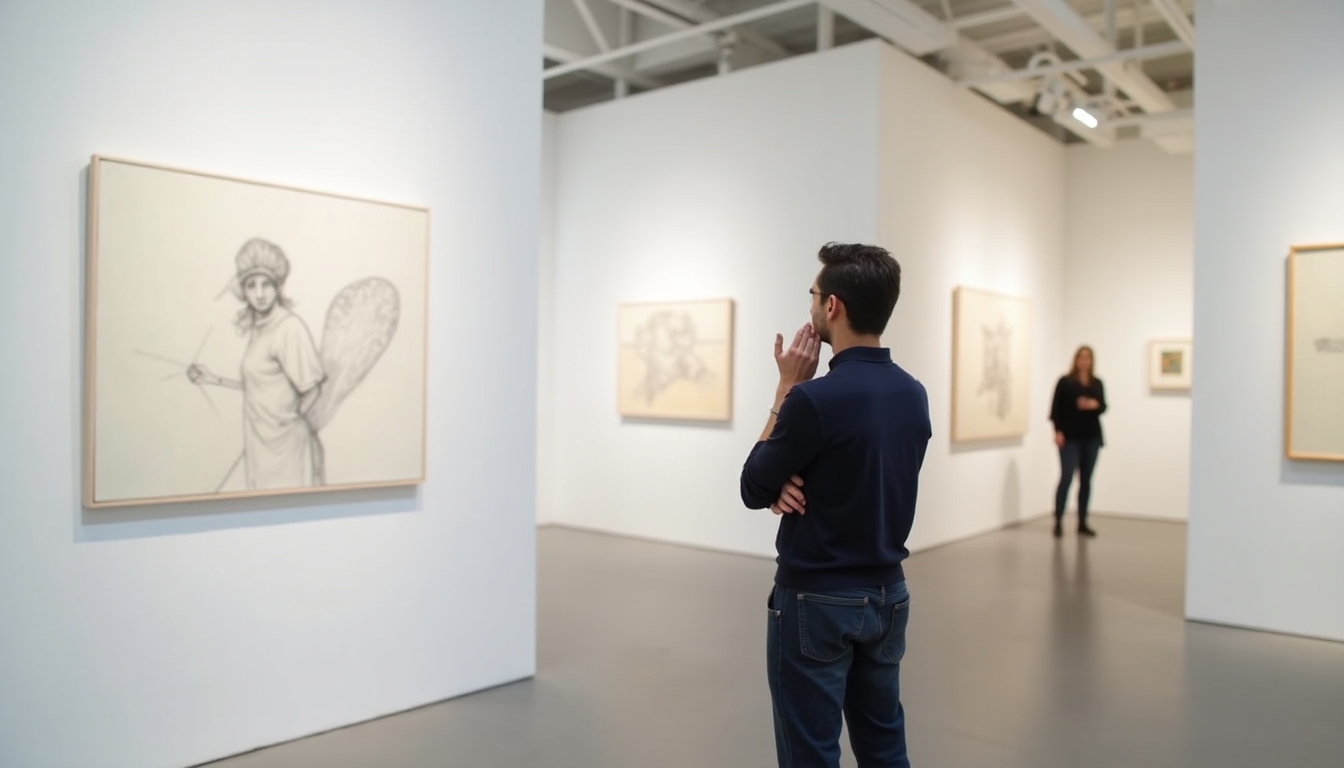
Minimalism Beyond Art
Minimalism's influence is evident in architecture, interior design, and even lifestyle choices. The widespread adoption of minimalist design in homes features clean lines, open spaces, and functional aesthetics. People embrace minimalism not just for its beauty but for the clarity and peace it brings into their lives.
Advantages of Embracing Minimalism:
- Clarity: Reducing clutter leads to mental clarity.
- Focus: Emphasizing what truly matters.
- Sustainability: Less consumption supports the environment.
Minimalism encourages mindfulness and intentionality, helping individuals lead more satisfying lives.
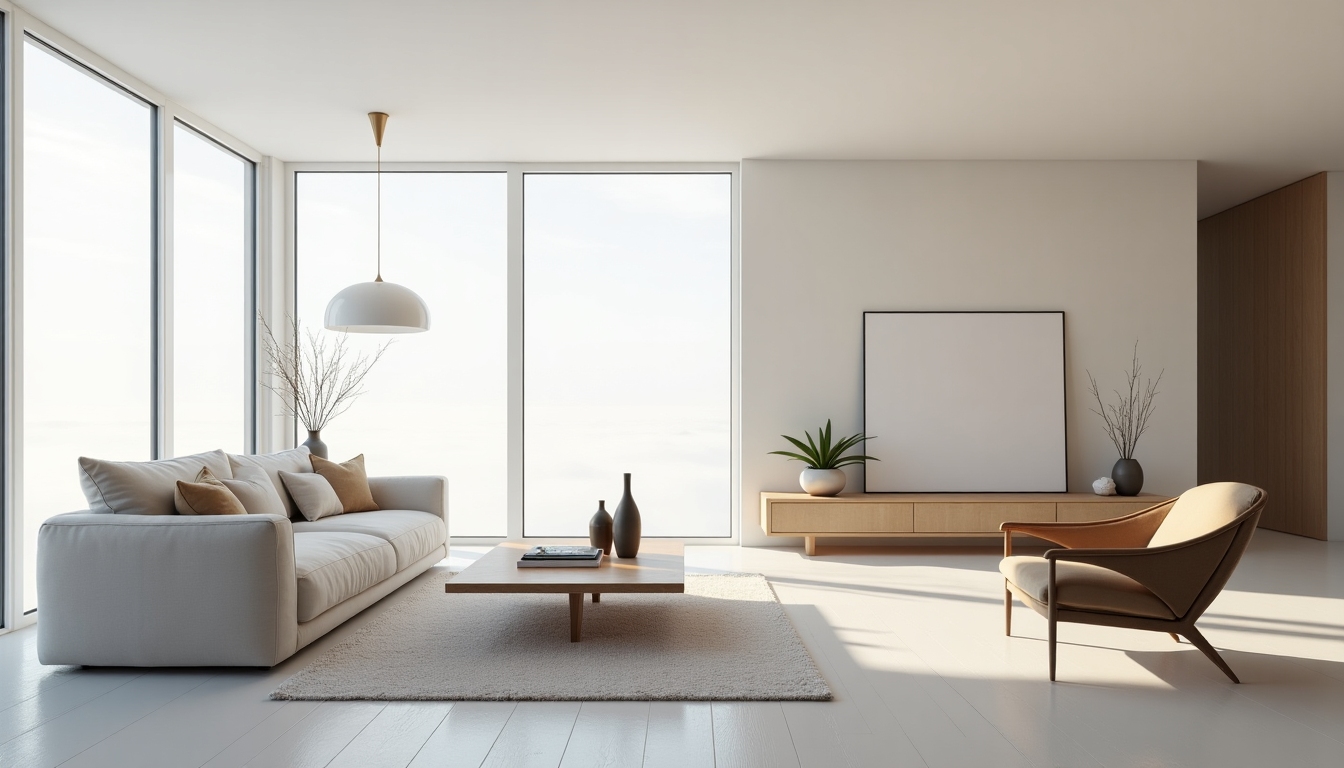
Conclusion
Minimalismus kunst is more than an art form — it’s a philosophy. It encourages us to find harmony in simplicity, and its principles can be applied to enhance various aspects of life. By appreciating minimalism, one learns that simplicity isn’t the absence of something but the presence of all needed essentials.
